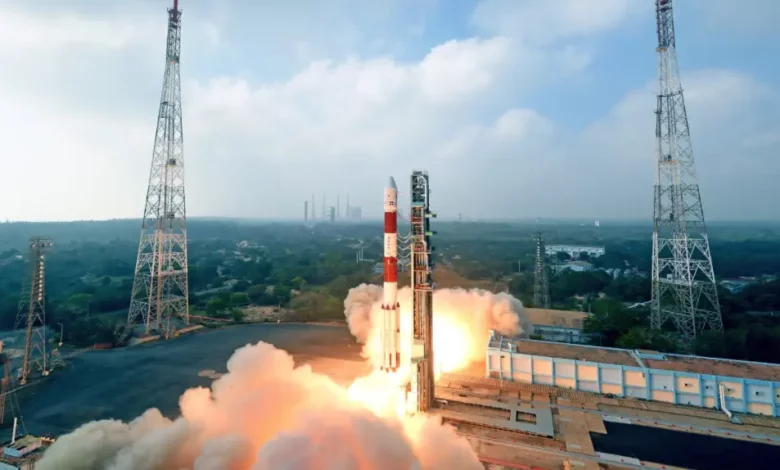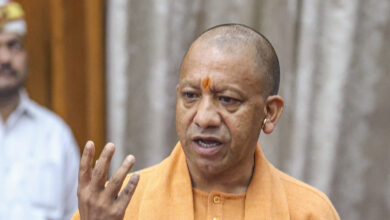
Come what may, be it the recent hit of Cyclone Fengal along the Tamil Nadu coast, the countdown of India’s next rocket launch is going well. Confirming to NDTV, experts at the Satish Dhawan Space Centre said, “The countdown is progressing normally, and the weather conditions are favorable for a nominal lift-off scheduled for 4:08 PM.”
The rocket launch facility of India is on Sriharikota Island, off the coast of Bay of Bengal, and it escaped the worst of the cyclone that made landfall further south. Previous launches of rockets have been delayed due to cyclonic activity; this time, however, the weather is just right for the mission.
In its 61st flight, the Indian PSLV will carry out a critical mission for the ESA. The PSLV-C59 will launch two unique satellites, Proba-3, designed to simulate a total solar eclipse through precision formation flying in space.
The launch will take place from Sriharikota, Andhra Pradesh, and the PSLV will put the Proba-3 spacecraft into a highly elliptical orbit during a dedicated commercial mission arranged through the commercial arm of ISRO, New Space India Limited, NSIL.
Proba-3 is an in-orbit demonstration mission dedicated to demonstrating the advanced formation-flying technologies. It will fly two spacecraft, the Coronagraph Spacecraft and the Occulter Spacecraft, launched together in a stacked configuration.
With a total weight of 545 kg, the satellites will be carried to orbit by the 44.5 meter tall rocket which is having a lift off weight of 320 tonnes. The satellites would be separated from the rocket about 18 minutes after the lift-off at an altitude of 600 km from Earth.
The Proba-3 mission consists of two mini-satellites that can fly in close formation, enabling precision attitude and separation control. This innovative configuration mimics a total solar eclipse and demonstrates formation-flying and rendezvous technologies. According to ISRO, Proba-3 is ESA’s—and the world’s—first-ever precision formation-flying mission, with the satellites maintaining a fixed configuration akin to a single rigid structure in space.
This launch also signifies the second ESA satellite deployment aboard an Indian rocket, following the successful launch of Proba-1 in 2001 using the PSLV. Initially intended as a one-year mission, Proba-1 has far exceeded expectations, remaining operational for over two decades.



